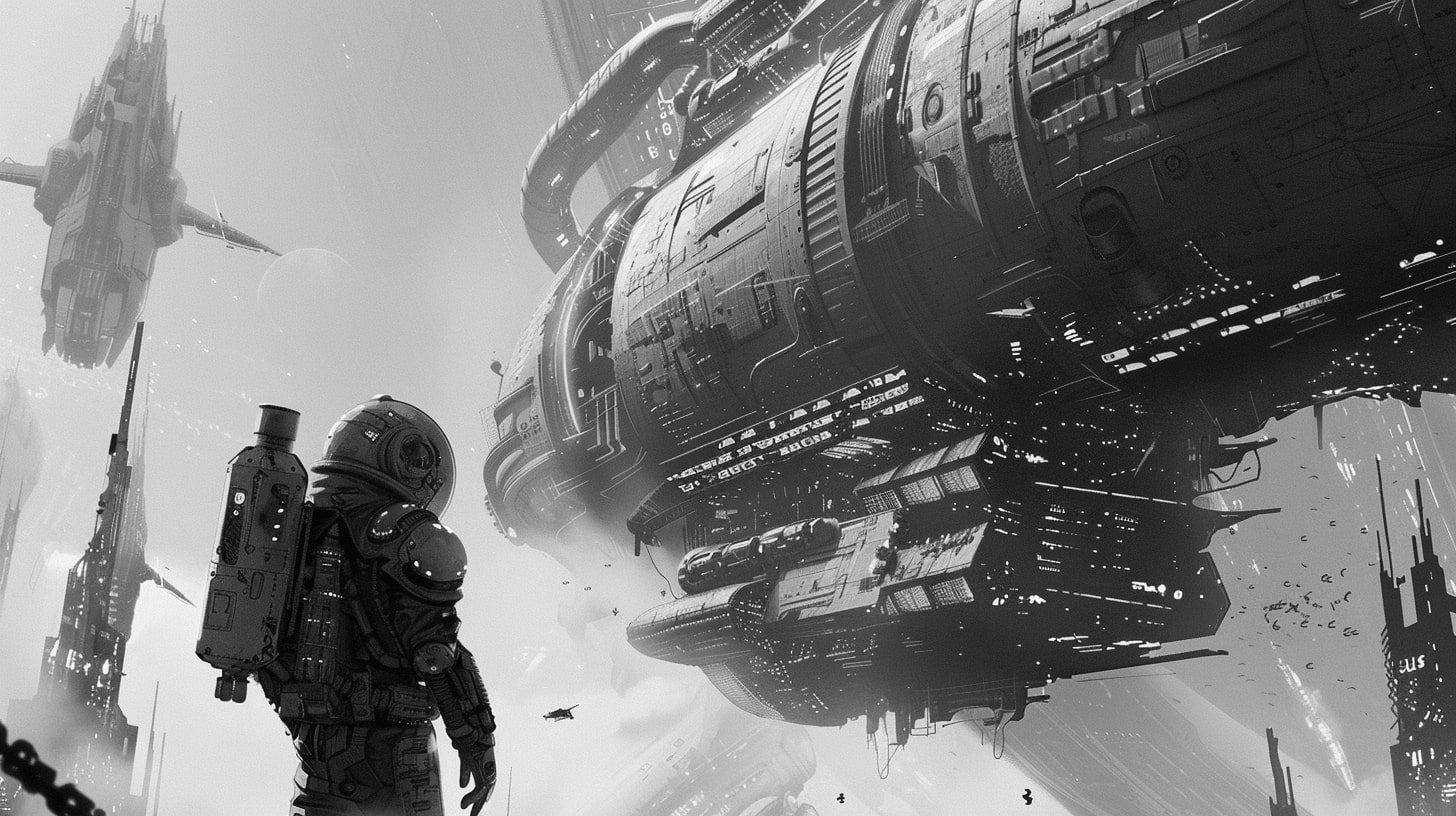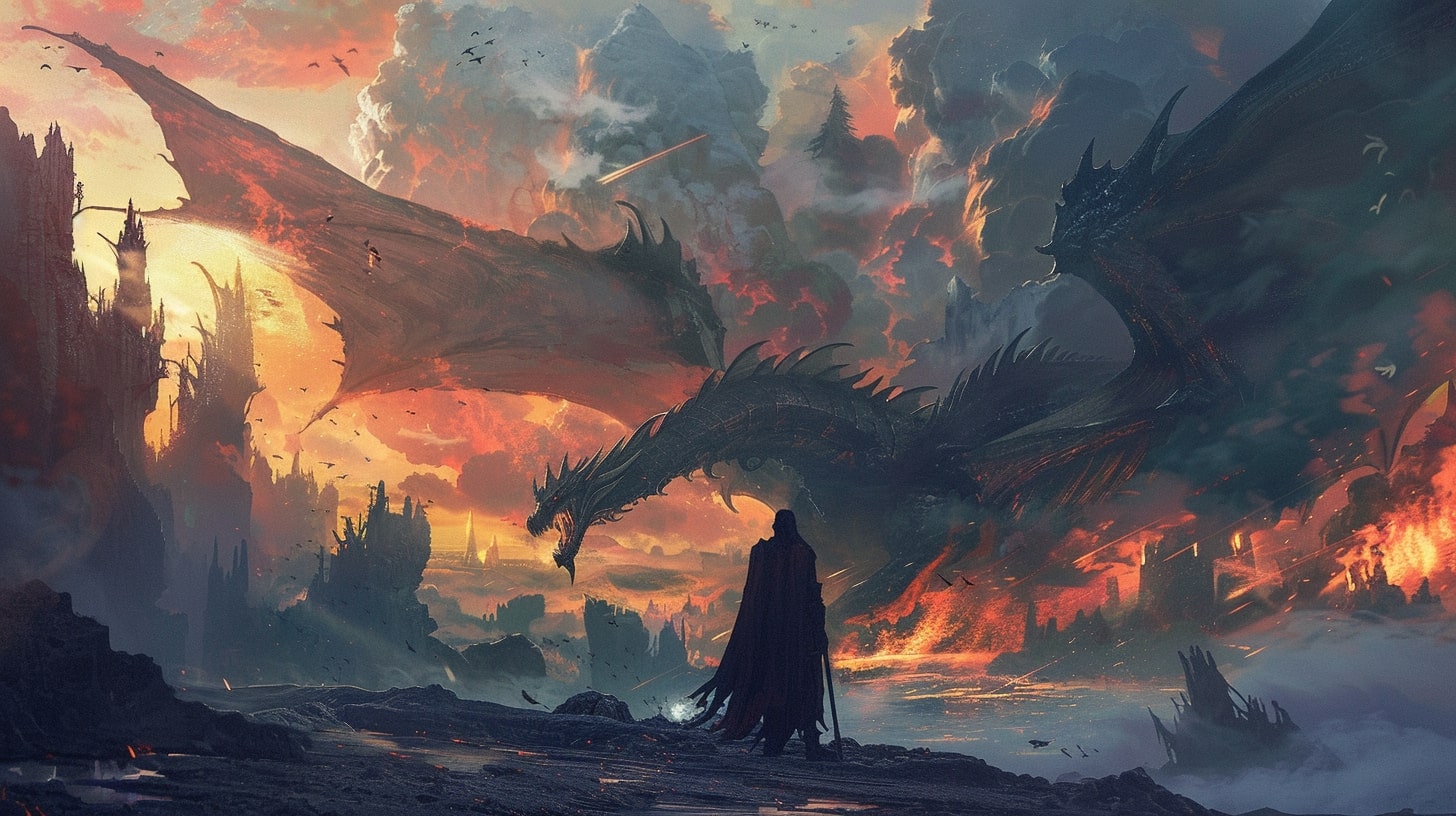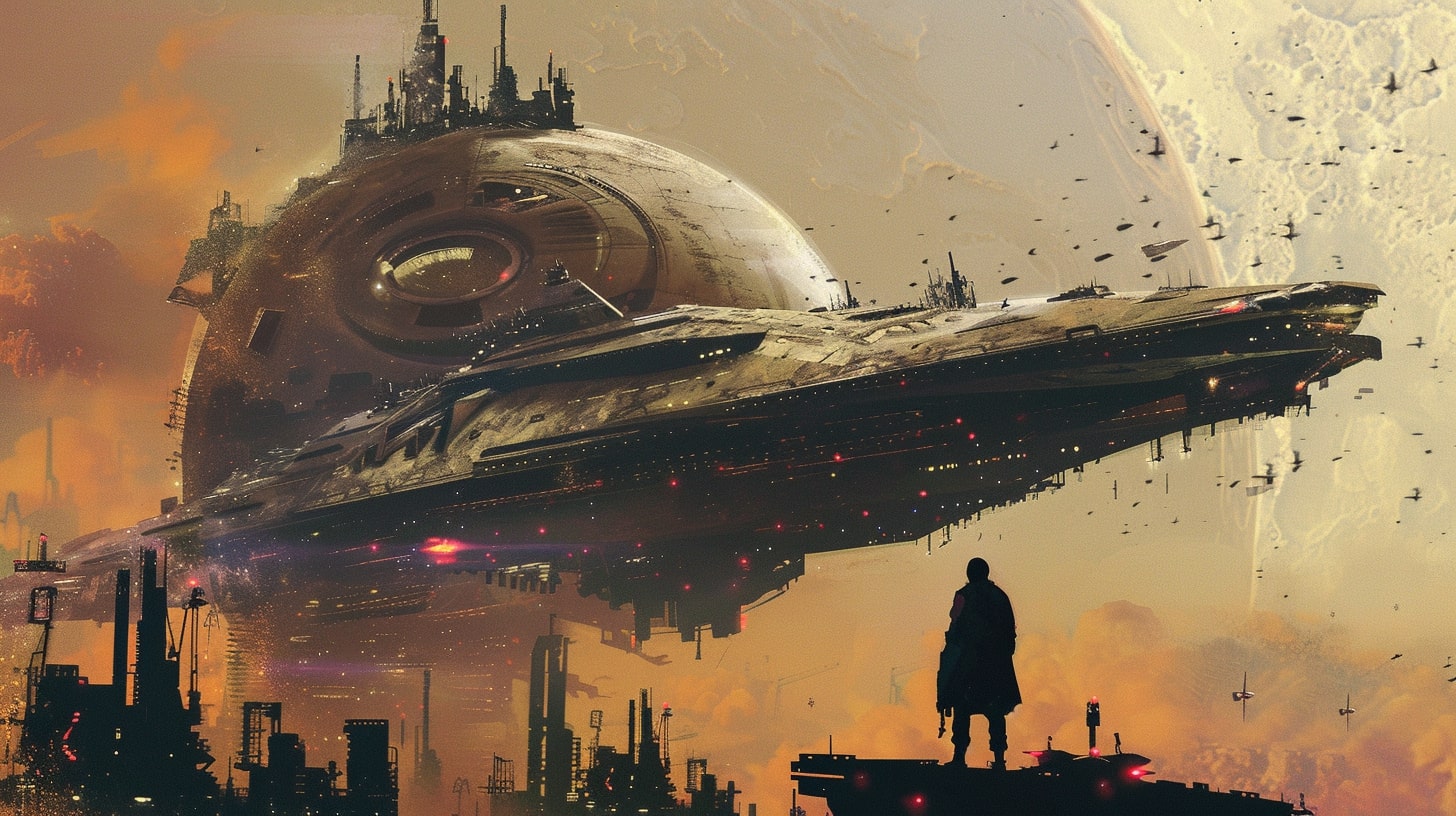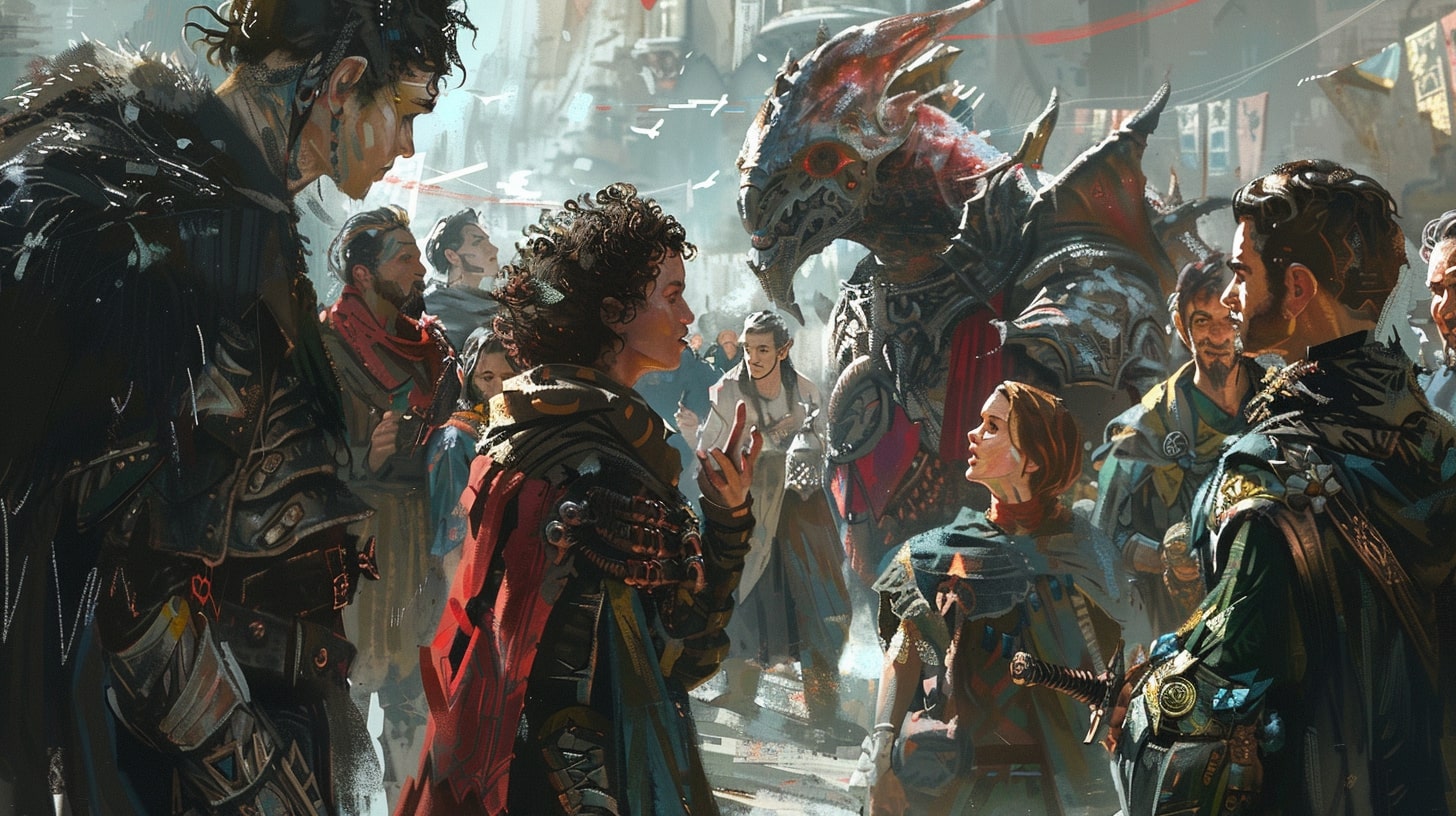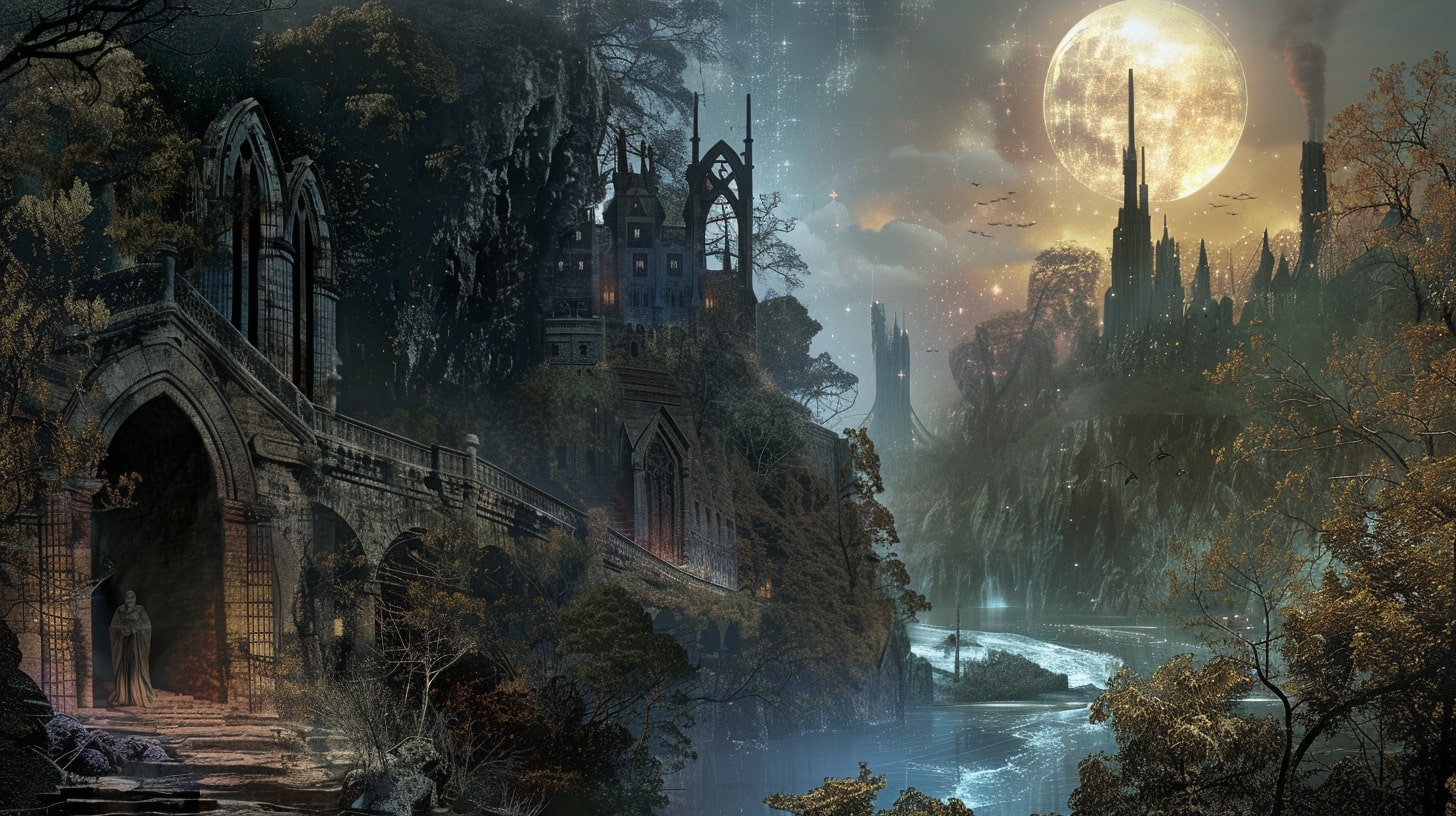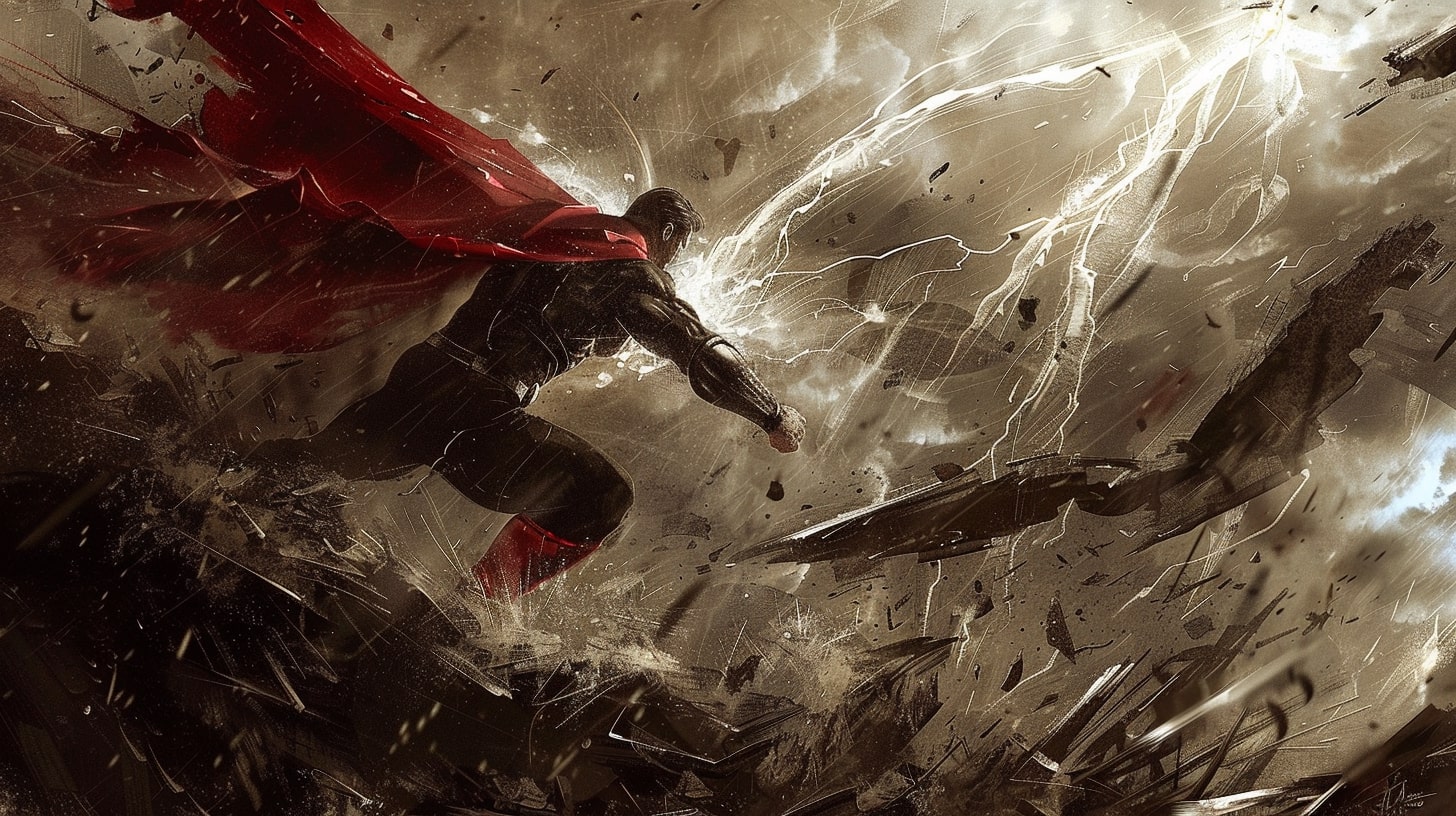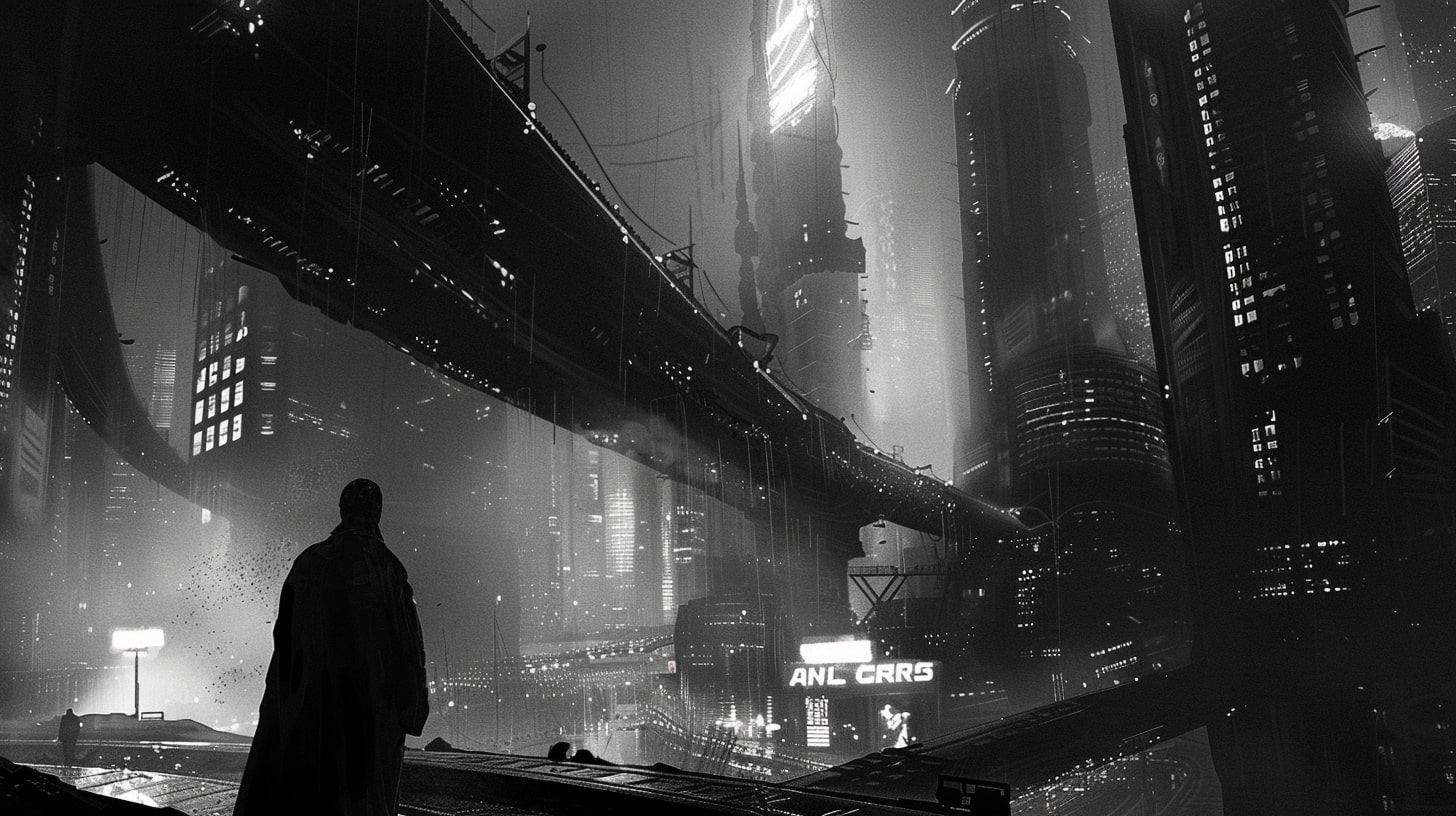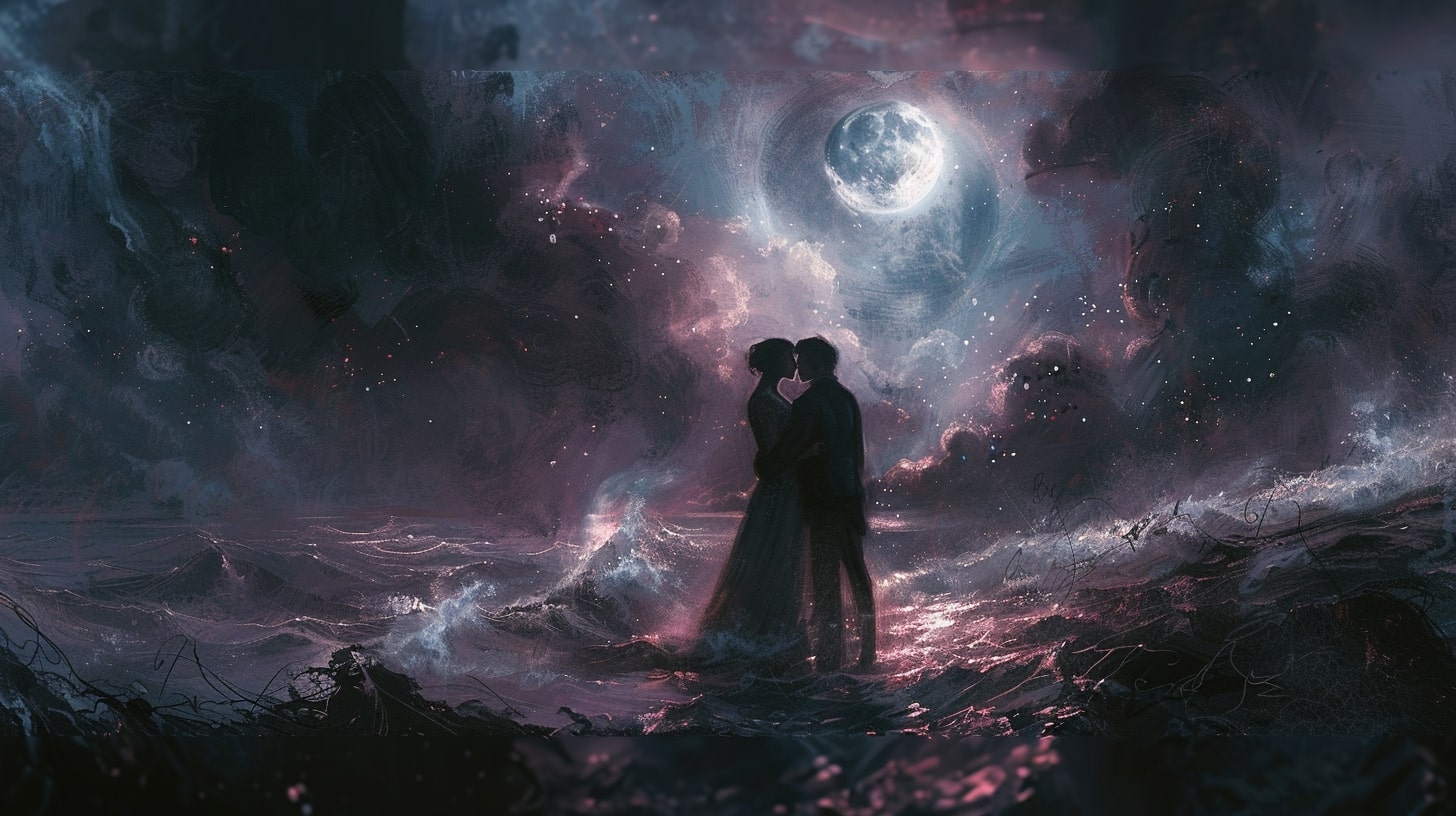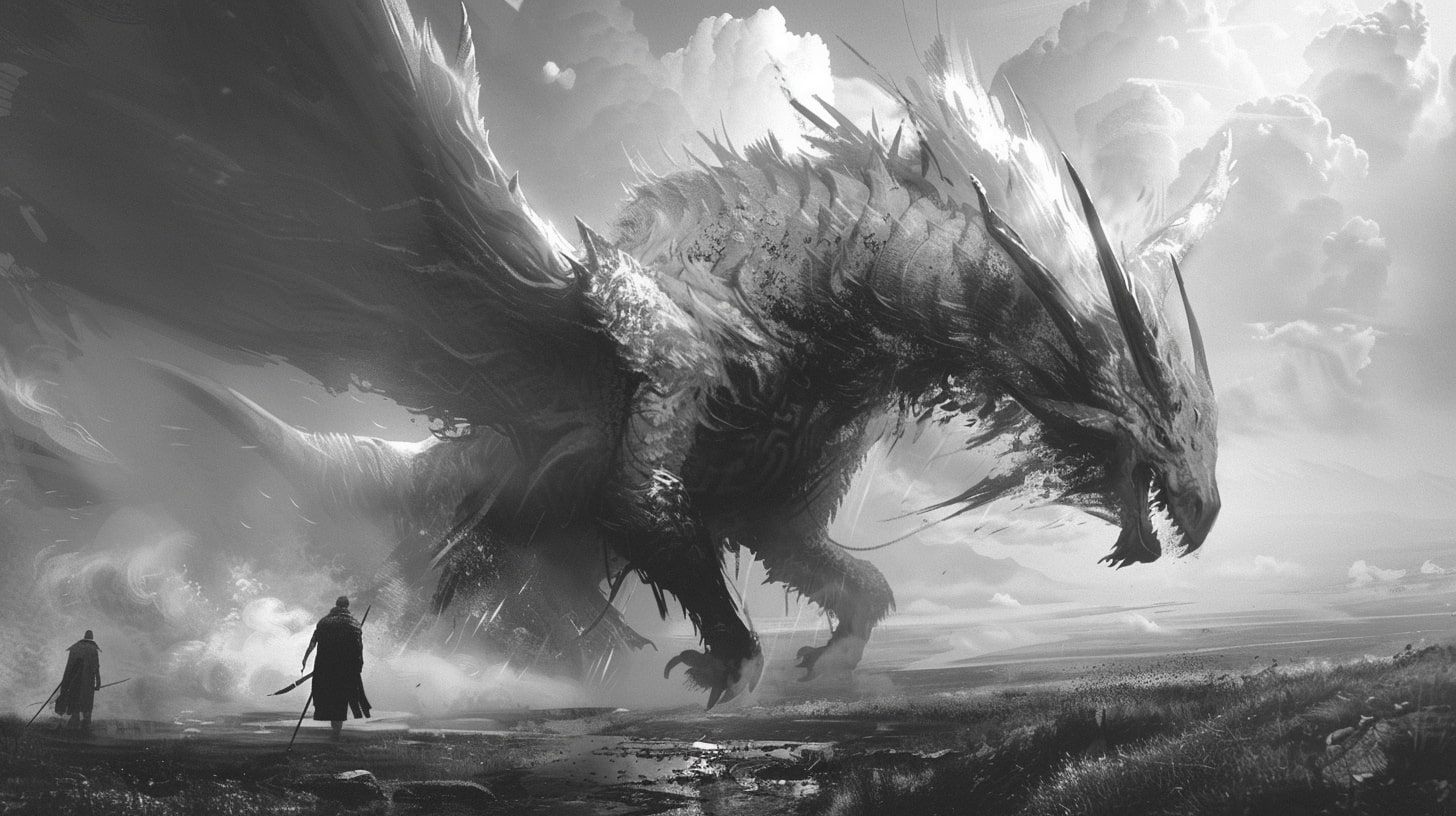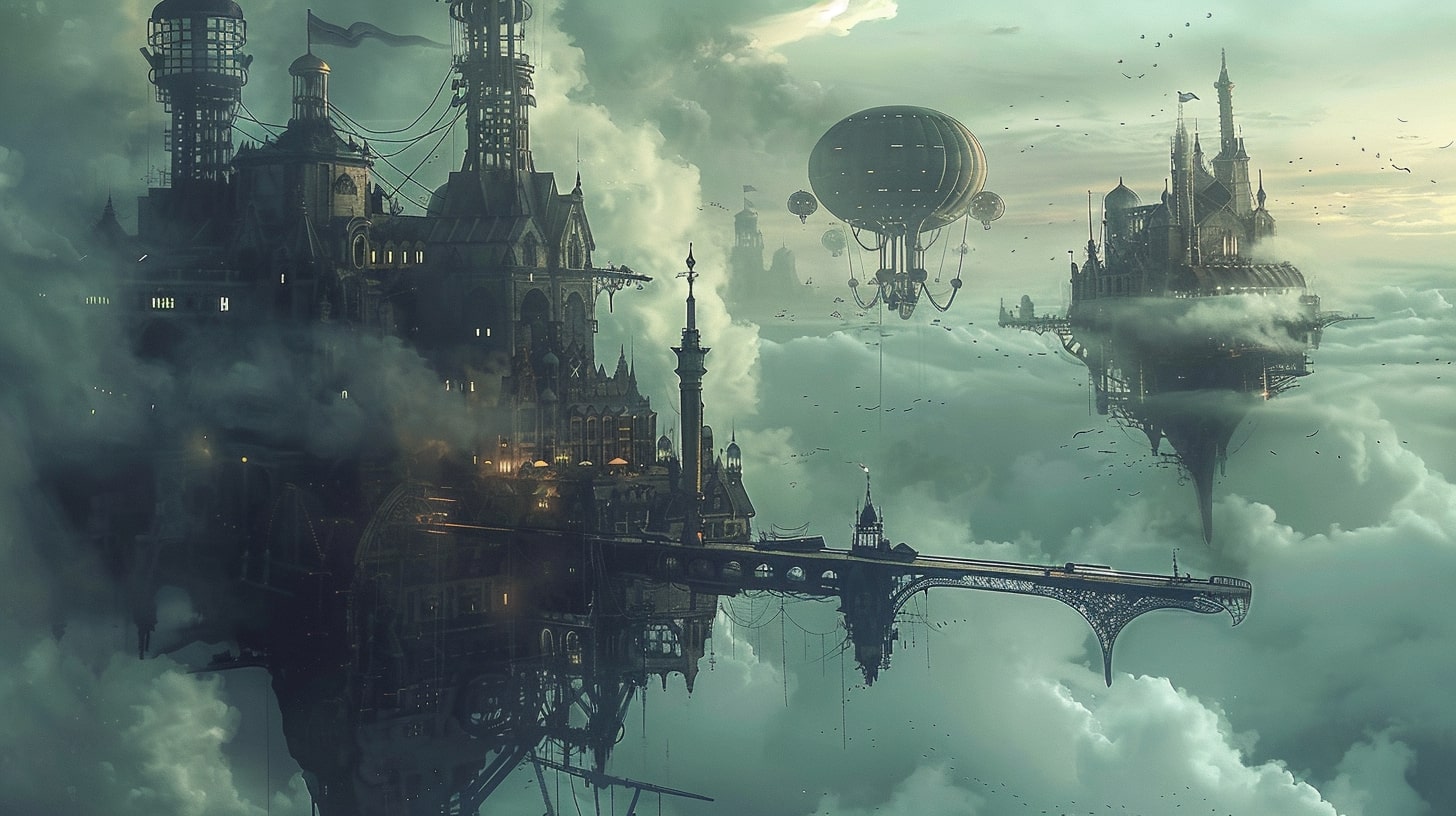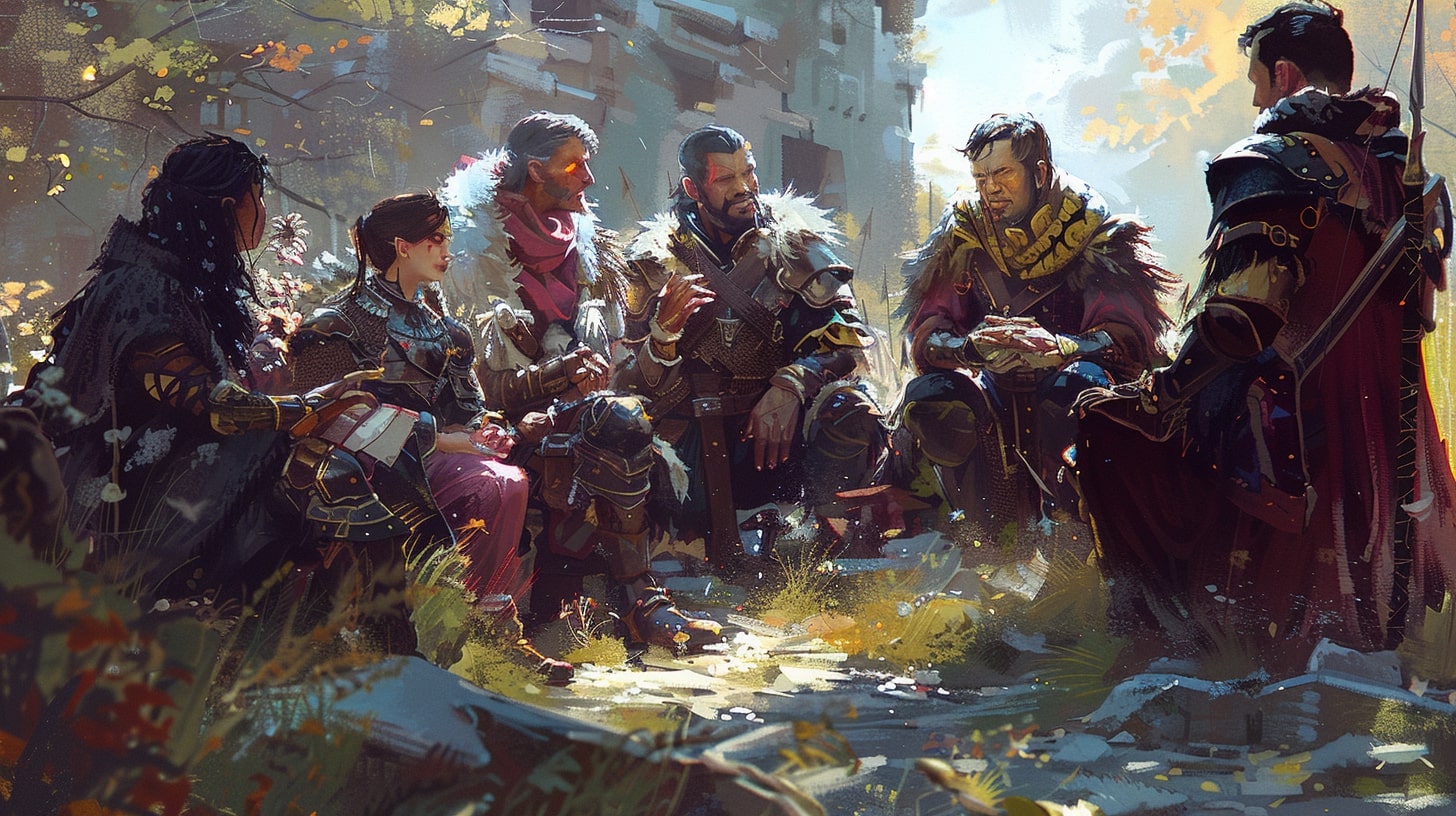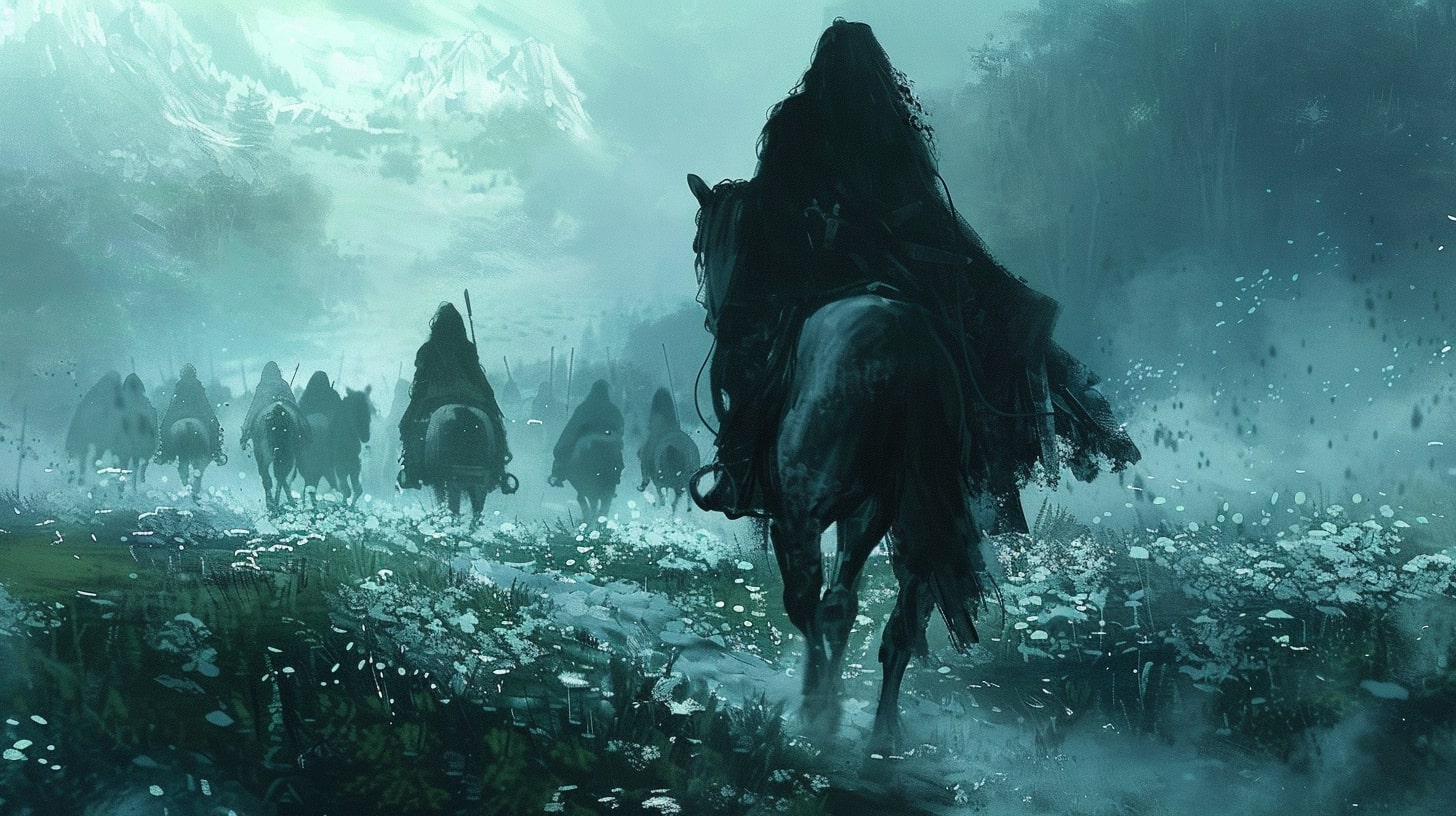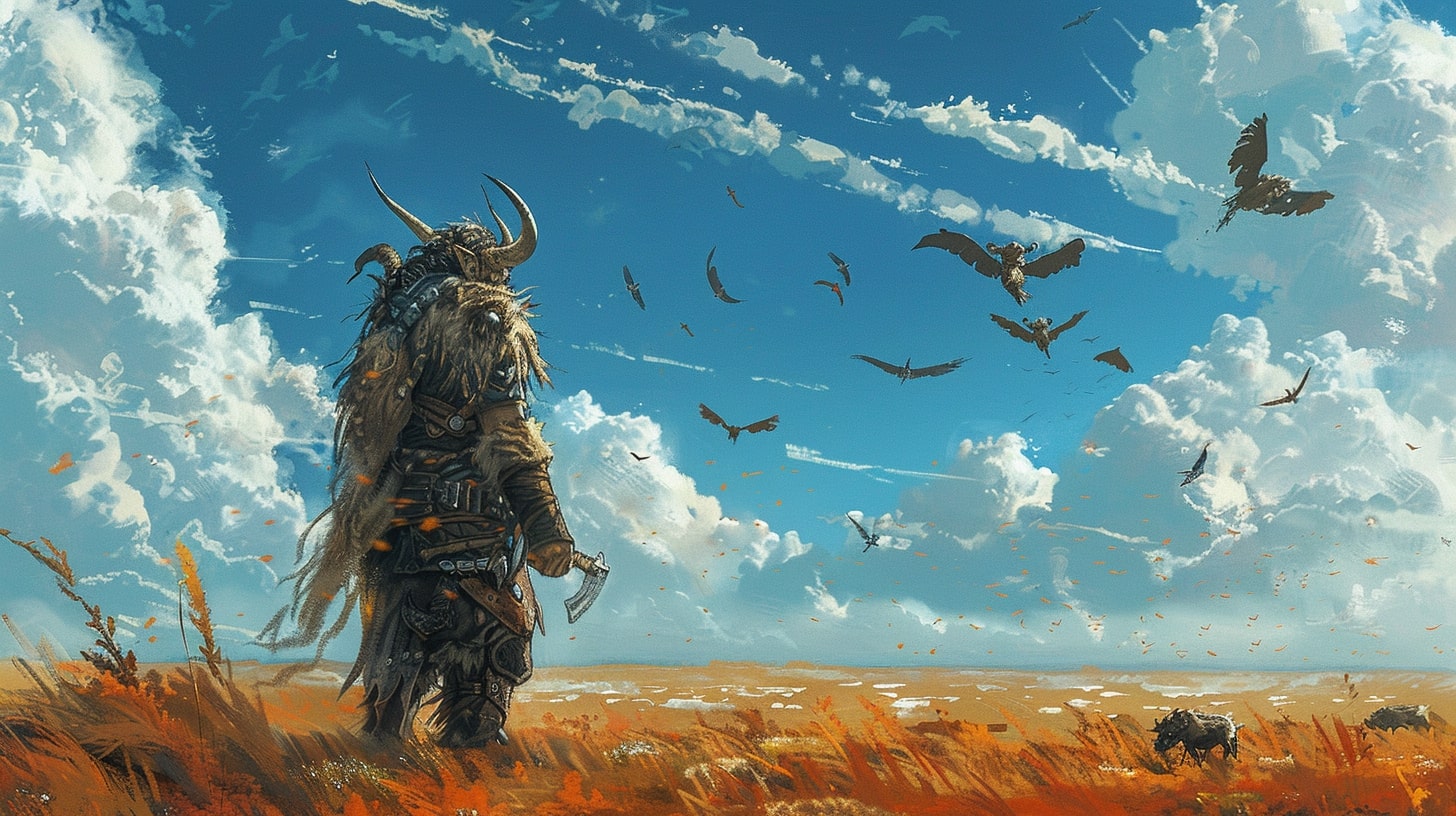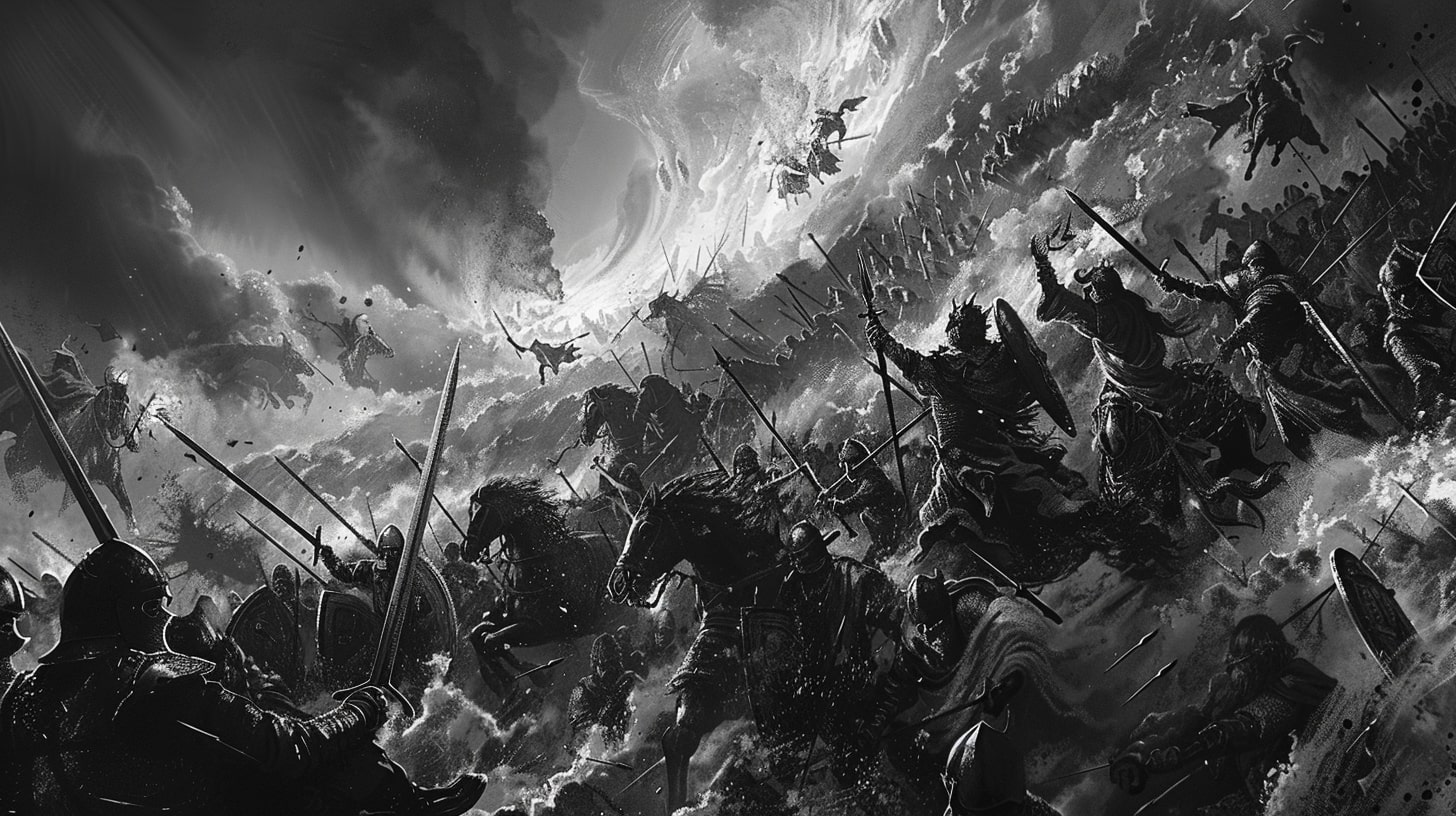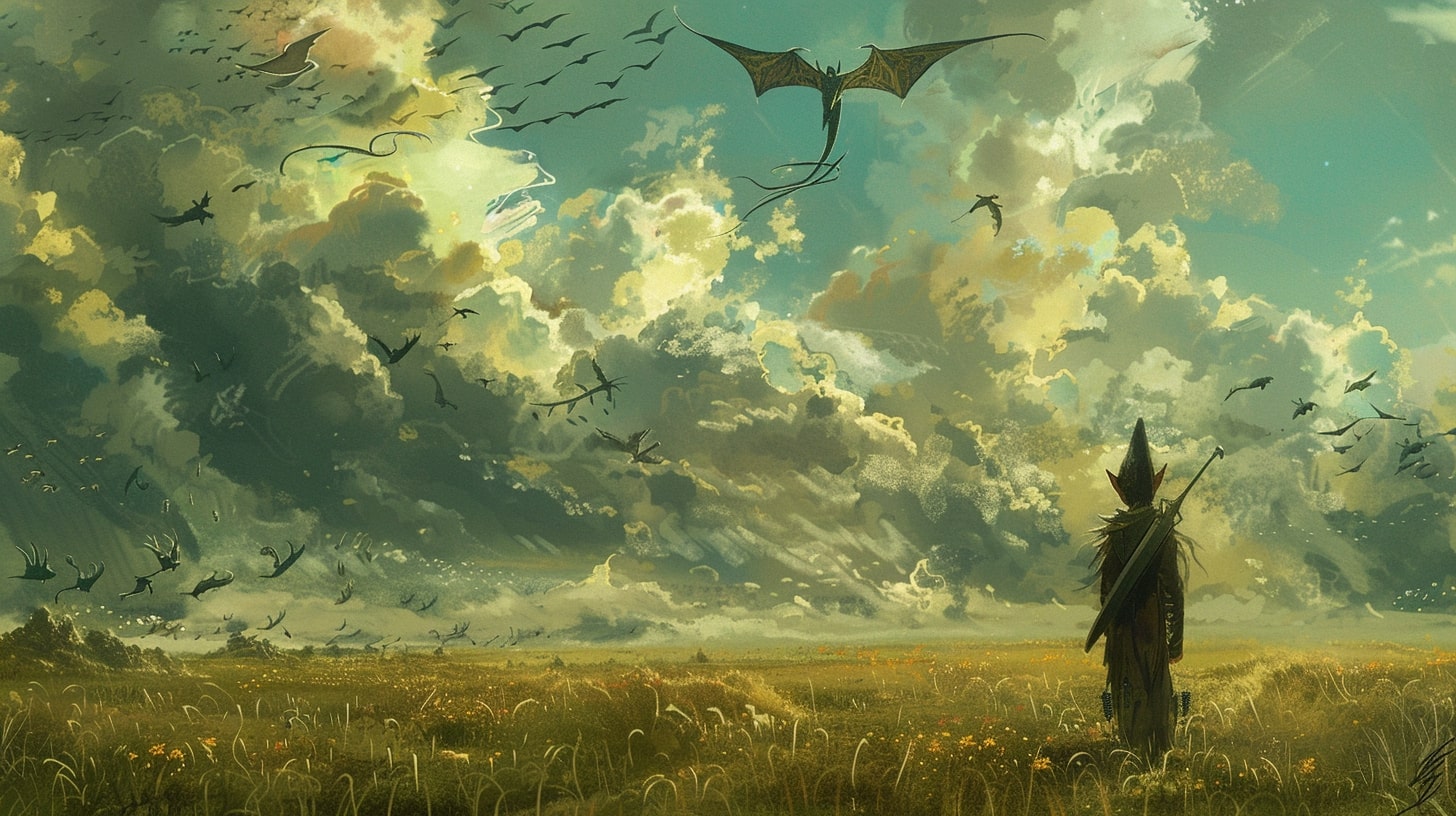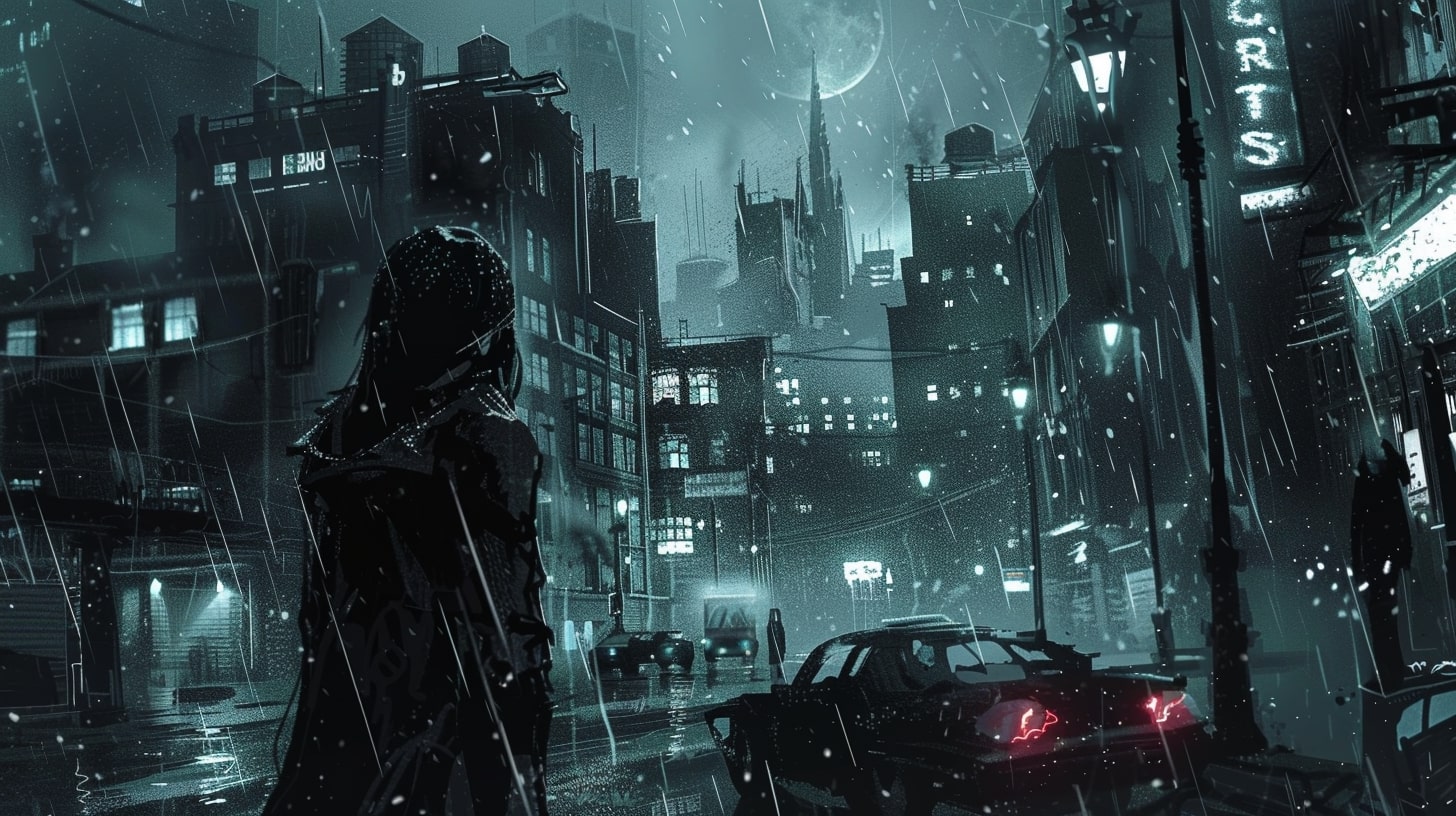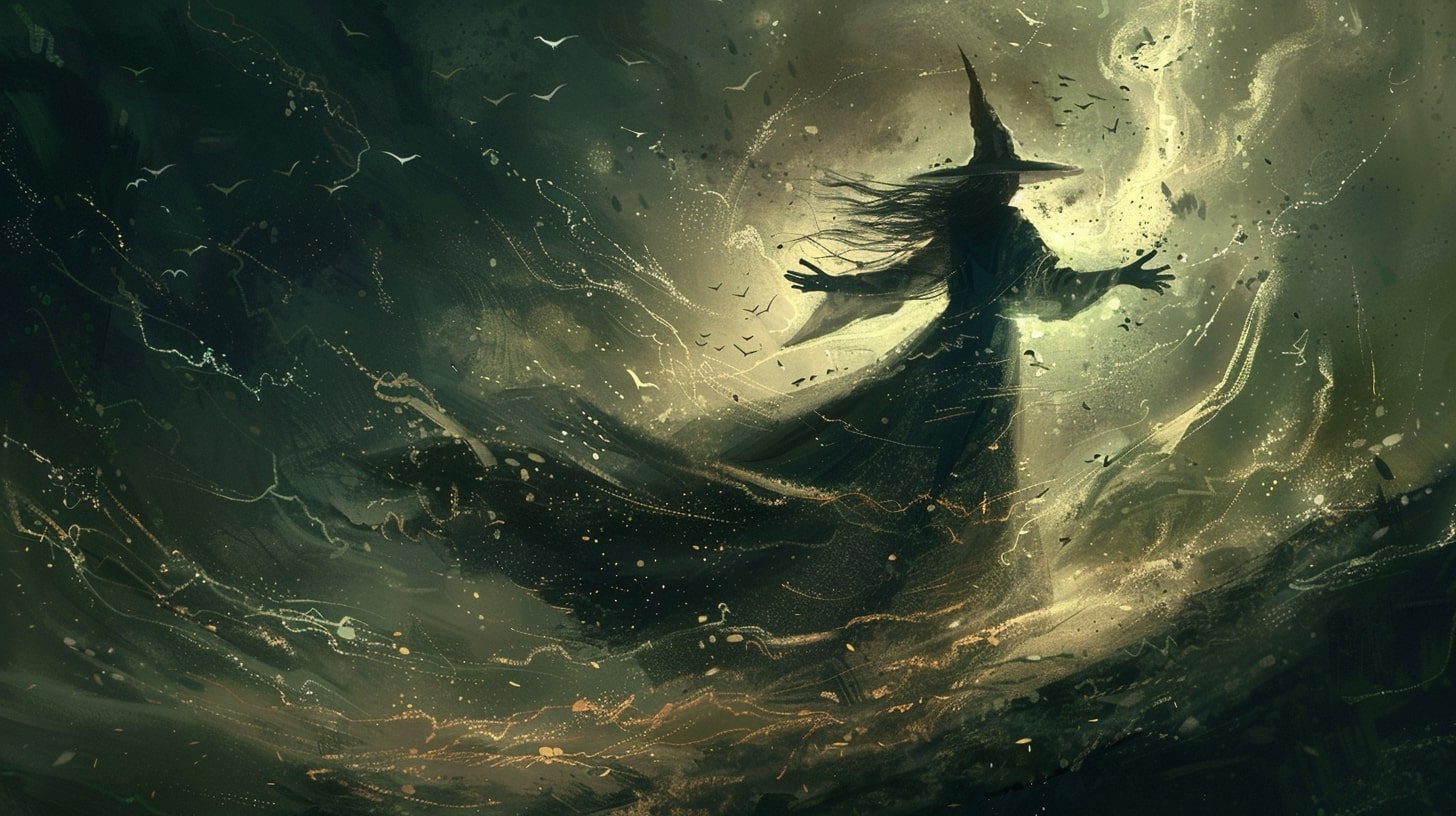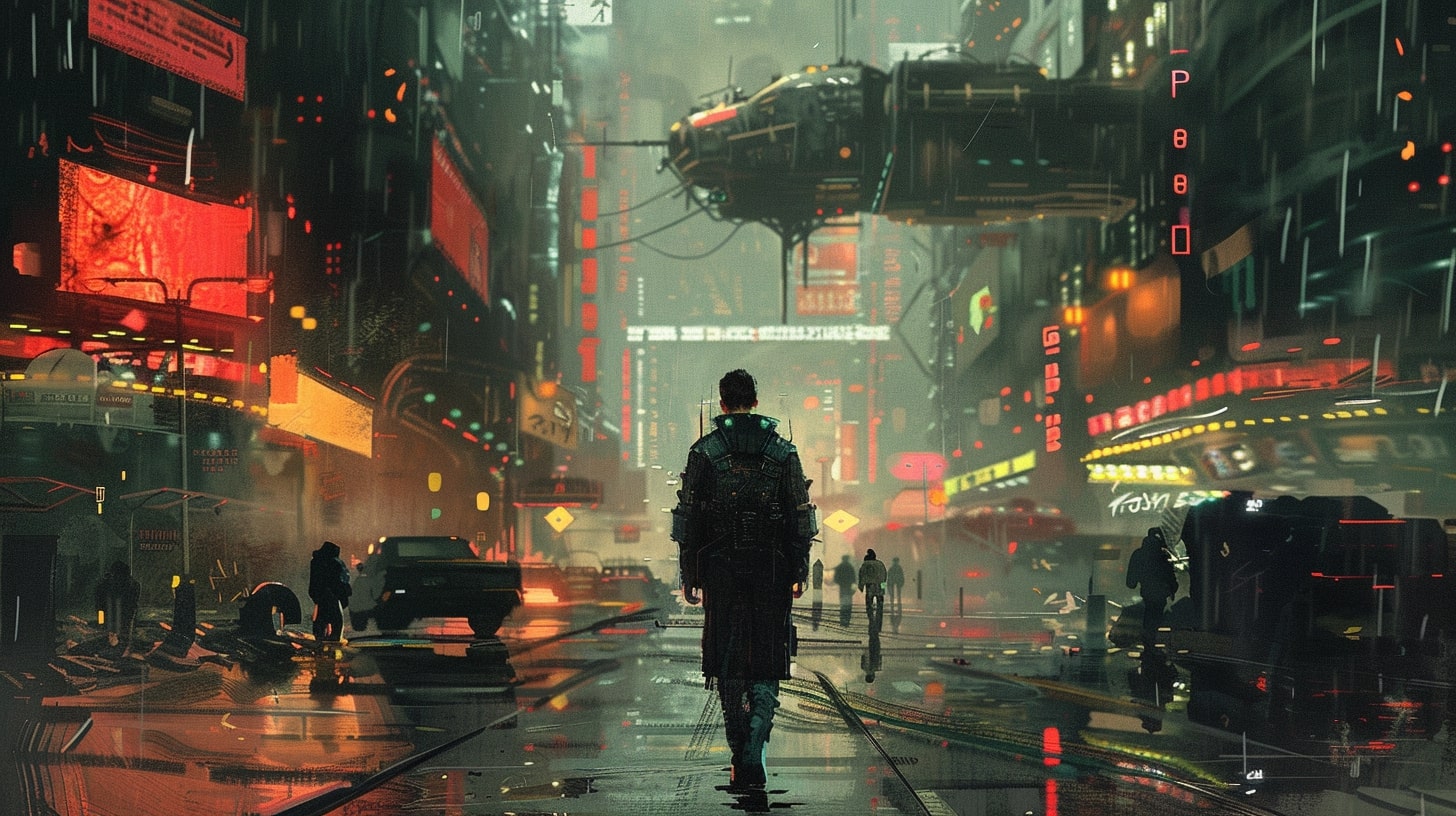Unleashing Your Creativity
Welcome to the fascinating world of science fiction! With its limitless possibilities and imaginative settings, science fiction offers an incredible canvas for you to explore and create. Whether you’re a seasoned writer or just starting out, brainstorming is an essential step in the process of crafting compelling sci-fi stories.
So, ummm, how to you start brainstorming sci-fi story ideas? Let’s find out!
The Fascinating World of Science Fiction
Science fiction is a genre that combines elements of science and technology with speculative and imaginative ideas. It transports readers to distant galaxies, alternate dimensions, and future worlds, pushing the boundaries of what is possible.
From exploring advanced technologies and extraterrestrial life to delving into the philosophical and ethical implications of scientific advancements, science fiction captivates our minds and takes us on extraordinary journeys.
As a writer, immersing yourself in the captivating world of science fiction allows you to tap into your imagination and create stories that captivate readers. By blending scientific concepts with your unique ideas, you have the power to transport your audience to new and exciting realms of possibility.
Why Brainstorming is Essential
Brainstorming is an essential part of any sci-fi writing. It allows you to generate a multitude of ideas, explore various scenarios, and discover unique concepts that will shape your story. By letting your imagination run wild during the brainstorming phase, you can uncover unexpected connections and create a rich and compelling narrative.
During the brainstorming process, it’s important to suspend judgment and allow yourself to think freely. Embrace wild ideas, experiment with different concepts, and let your imagination take flight.
Remember, not every idea will make it into your final story, but the process of brainstorming helps you uncover hidden gems and refine your vision.
To spark your imagination and get those creative juices flowing, consider drawing inspiration from various sources such as scientific advancements, social and cultural elements, and even your own personal experiences. The possibilities are endless, and by exploring different angles, you can create a truly unique and captivating sci-fi story.
Ready to delve into the exciting world of science fiction storytelling? In the next sections, we’ll guide you through the process of setting the stage, plotting your story, and generating ideas that will bring your sci-fi narrative to life. So grab your pen, fire up your imagination, and let’s embark on this thrilling journey together!
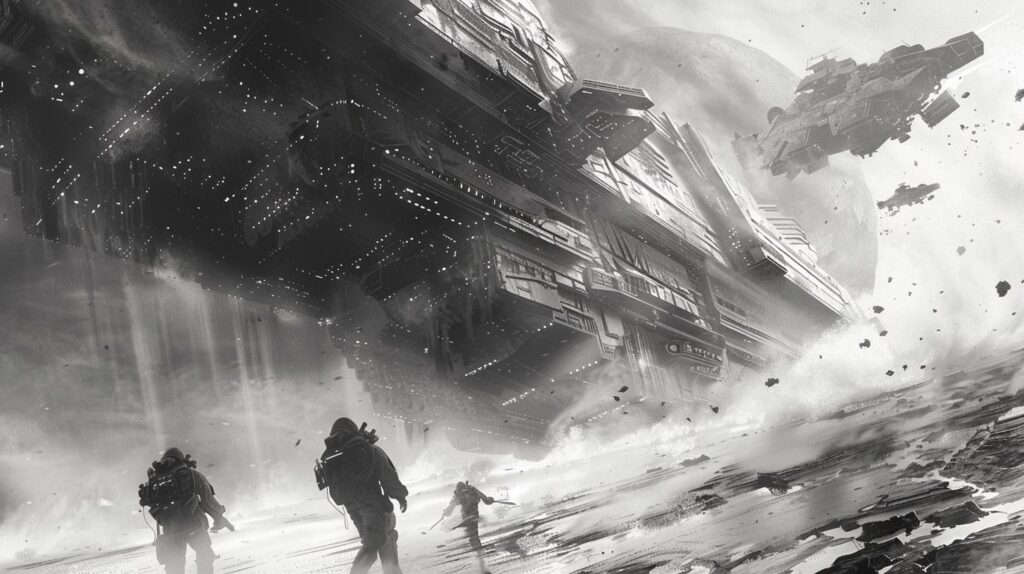
Brainstorming Sci-Fi Story Ideas: Setting the Stage
When it comes to crafting a captivating science fiction story, setting the stage is crucial. This involves creating unique and engaging worlds as well as developing interesting characters that will bring your story to life.
Creating Unique and Engaging Worlds
One of the key elements of science fiction storytelling is the creation of unique and engaging worlds. These worlds serve as the backdrop for your story, providing a rich and immersive environment for your characters and plot to unfold.
As you brainstorm ideas for your sci-fi story, consider the following aspects for your world-building:
Technological Advancements: Imagine futuristic technologies and advancements that shape the society and daily lives of your characters. This could include advanced robotics, space travel, or even virtual reality.
Environmental Settings: Think about the physical landscapes and environments in your story. Will it take place on a distant planet, a space station, or a post-apocalyptic Earth? Consider how these settings impact the atmosphere, climate, and overall mood of your story.
Societal Structure: Develop the social and political systems of your world. Are there different factions or governing bodies? How do these structures influence the lives of your characters?
Cultural and Historical Background: Create unique cultures and histories for your world. Consider the traditions, customs, and beliefs of different groups within your society.
By meticulously crafting these elements, you can transport your readers into a world that is both compelling and believable. For more tips on creating fantasy worlds, check out our article on creating a fantasy world.
Developing Interesting Characters
In addition to creating a captivating world, developing interesting characters is vital for a successful sci-fi story. These characters will drive the narrative and connect with your readers on an emotional level.
When brainstorming characters for your sci-fi story, consider the following:
Background and Motivations: Create detailed backstories for your characters, including their past experiences, goals, and motivations. This will help shape their actions and decisions throughout the story.
Strengths and Flaws: Give your characters both strengths and flaws to make them relatable and multi-dimensional. These traits will influence how they interact with the world around them and contribute to the conflicts and challenges they face.
Relationships and Dynamics: Consider how your characters interact with each other. Develop complex relationships and dynamics that add depth to your story. This could include friendships, rivalries, or even romantic relationships.
Character Arcs: Plan out the growth and development of your characters throughout the story. How do they change, learn, or overcome obstacles? This will add depth and complexity to their journey.
By creating well-rounded and compelling characters, you can draw readers into your sci-fi world and keep them invested in the story. For more tips on developing fantasy characters, check out our article on developing fantasy characters.
Now that you have a solid foundation for setting the stage, it’s time to delve into the intricacies of plotting your sci-fi story. Keep the unique world you’ve created and the interesting characters in mind as you craft engaging storylines and explore themes and concepts that will captivate your readers.

Plotting Your Sci-Fi Story
Now that you have a clear understanding of the themes and concepts you want to explore in your sci-fi story, it’s time to focus on crafting engaging storylines that will captivate your readers. The plot is the backbone of your story, driving the narrative forward and keeping readers hooked until the very end.
Exploring Themes and Concepts
When plotting your sci-fi story, it’s important to delve deeper into the themes and concepts you want to explore. Consider how these elements will shape the narrative and create opportunities for conflict, tension, and character development.
Whether you’re exploring futuristic technology, dystopian societies, time travel, or alien encounters, ensure that your plot is tightly woven around these themes, allowing them to drive the story forward.
To create a compelling plot, think about the questions you want to raise and the ideas you want to challenge. How will your characters navigate the challenges presented by the sci-fi elements of your story?
How will they grapple with moral dilemmas or confront their own fears and desires? By infusing your plot with thought-provoking themes and concepts, you can create a rich and immersive sci-fi experience for your readers.
Crafting Engaging Storylines
Crafting engaging storylines is all about creating a balance between action, suspense, and character development. Here are a few tips to help you bring your sci-fi plot to life:
Establish a captivating opening: Begin your story with a compelling hook that immediately grabs your readers’ attention and sets the stage for the adventure to come. Consider starting in medias res, plunging your readers into the middle of an exciting event or conflict.
Create a clear story arc: Develop a well-defined story arc that takes your readers on a journey from the introduction of the conflict to its resolution. Outline the major plot points, including the inciting incident, rising action, climax, and resolution, to ensure a satisfying and coherent narrative structure.
Balance action and character development: While action and thrilling sequences are essential in sci-fi storytelling, it’s equally important to focus on character development. Allow your characters to grow, change, and face internal conflicts as they navigate the challenges of the sci-fi world you’ve created.
Introduce plot twists and surprises: Keep your readers engaged by introducing unexpected plot twists and surprises. These can be revelations about the world or characters, unexpected alliances or betrayals, or shocking turns of events that challenge your protagonists and add depth to the story.
Maintain a steady pace: Pace your story effectively, alternating between moments of tension and suspense with moments of reflection and character development. This will keep your readers engaged and eager to turn the pages.
Remember, the key to crafting engaging storylines is to strike a balance between the sci-fi elements, character development, and the themes you wish to explore. By carefully plotting your story, you can create a compelling narrative that will leave readers eagerly anticipating each twist and turn.
In the next section, we will dive into the process of generating ideas for your sci-fi story. Get ready to explore new horizons and take your readers on an unforgettable journey through the realms of science fiction.
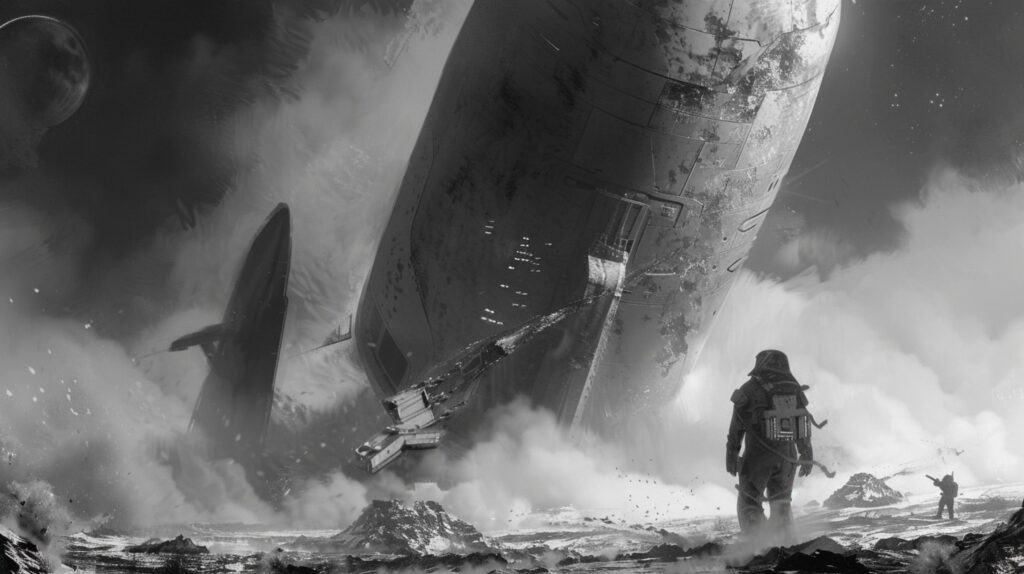
Generating Ideas
When it comes to brainstorming sci-fi story ideas, there are various sources of inspiration you can draw from. Two key areas to explore are science and technology as well as social and cultural elements. Let’s dive into each of these sources in more detail.
Drawing Inspiration from Science and Technology
Science and technology offer a wealth of possibilities for generating innovative and captivating sci-fi story ideas. Consider advancements in fields such as artificial intelligence, space exploration, genetics, or nanotechnology. Think about how these scientific breakthroughs could shape the future and spark your imagination.
For instance, you might explore the concept of a society where robots have become an integral part of everyday life, raising questions about the boundaries between humans and machines. Alternatively, you could envision a future where interstellar travel is a reality, leading to encounters with extraterrestrial life forms and the exploration of new worlds.
When incorporating scientific elements into your story, strive for a balance between realism and creativity. Ground your ideas in plausible scientific principles while allowing for imaginative interpretations and extrapolations. This blend can create a compelling and believable sci-fi narrative that captures readers’ attention.
Incorporating Social and Cultural Elements
In addition to science and technology, social and cultural elements can provide rich sources of inspiration for your sci-fi story. Consider how societal issues, cultural shifts, or historical events might shape the future world you’re creating.
For example, you could explore a future where climate change has transformed the planet, resulting in new social structures and struggles for survival. Alternatively, you might envision a society that has embraced virtual reality as an escape from a bleak and dystopian reality.
By incorporating social and cultural elements, you can infuse your story with deeper meaning and explore thought-provoking themes. Addressing issues such as identity, politics, or ethics within your sci-fi narrative can create a compelling and relatable story that resonates with readers.
Remember to weave these elements into your story organically, allowing them to enhance the plot and character development. Avoid forcing social or cultural commentary, instead allowing it to arise naturally from the world and situations you’ve created.
By drawing inspiration from science and technology, as well as social and cultural elements, you can generate a wide range of ideas for your sci-fi story.
Combine these sources of inspiration with your own unique perspective and creativity to craft a captivating narrative that transports readers to new and exciting worlds. For more guidance on crafting your sci-fi plot, check out our article on crafting sci-fi plots.
Exercise: Brainstorming Sci-Fi Story Ideas
Are you ready to unleash your imagination and dive into the world of science fiction? In this section, we will explore some prompts and techniques to help you brainstorm captivating sci-fi story ideas. Additionally, we’ll provide tips for organizing and developing your ideas into a cohesive narrative.
Prompts and Techniques to Spark Your Imagination
Explore futuristic technologies: Imagine a world where advanced technologies like artificial intelligence, virtual reality, or time travel shape the lives of your characters. How does this technology impact society, relationships, or even the nature of humanity itself?
Consider alternative realities: What if there were parallel universes or alternate dimensions? How would characters navigate these realms and what conflicts might arise from their interactions?
Extraterrestrial encounters: Picture a scenario where Earth makes contact with intelligent extraterrestrial life. How would this event reshape our understanding of the universe and the dynamics between different civilizations?
Dystopian futures: Envision a future society plagued by oppression, environmental collapse, or the consequences of unchecked technological advancements. How do your characters navigate these challenges and fight for a better world?
Time travel adventures: Transport your characters through time, allowing them to witness historical events or alter the course of history. How does time travel impact their lives and the world around them?
Scientific mysteries and discoveries: Delve into scientific mysteries that have yet to be solved or imagine groundbreaking discoveries that revolutionize our understanding of the universe. What are the implications of these revelations?
Remember, these prompts are just the beginning. Feel free to combine ideas, twist concepts, or come up with your own unique scenarios. The goal is to let your creativity flow and explore the endless possibilities of the sci-fi genre.
Tips for Organizing and Developing Your Ideas
Once you have a collection of potential story ideas, it’s important to organize and develop them into fully-fledged narratives. Here are some tips to help you along the way:
Create an idea repository: Keep a journal, notebook, or digital document where you can jot down all your ideas as they come to you. This way, you won’t lose any precious inspiration and can easily refer back to your ideas when needed.
Identify the core elements: Determine the key elements of your story, such as the setting, characters, and central conflict. Consider what makes your story unique and compelling.
Outline your plot: Develop a rough outline of the major plot points and events that will drive your story forward. This helps ensure a coherent and engaging narrative structure.
Flesh out your characters: Give your characters depth and complexity by exploring their motivations, backstories, and relationships. This will make them more relatable and interesting to your readers.
Research and world-building: Conduct research on scientific concepts, technological advancements, or societal structures that are relevant to your story. This will add depth and authenticity to your sci-fi world.
Refine and revise: As you develop your story, be open to refining and revising your ideas. Seek feedback from trusted friends or fellow writers to help you identify areas for improvement.
Remember, the most important part of the brainstorming process is to have fun and let your imagination run wild. Don’t be afraid to take risks and embrace the unexpected. With these tips and techniques in mind, you’ll be well on your way to crafting captivating sci-fi stories that transport readers to new and exciting worlds. Happy writing!
